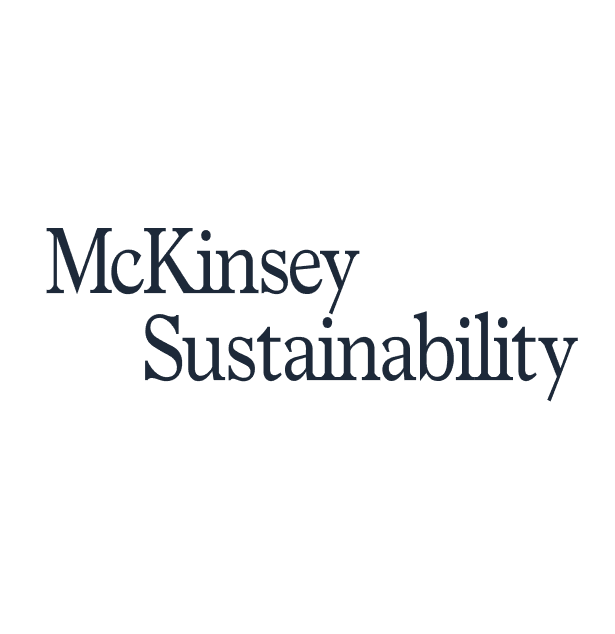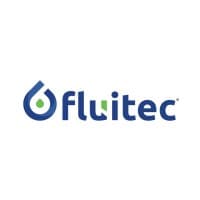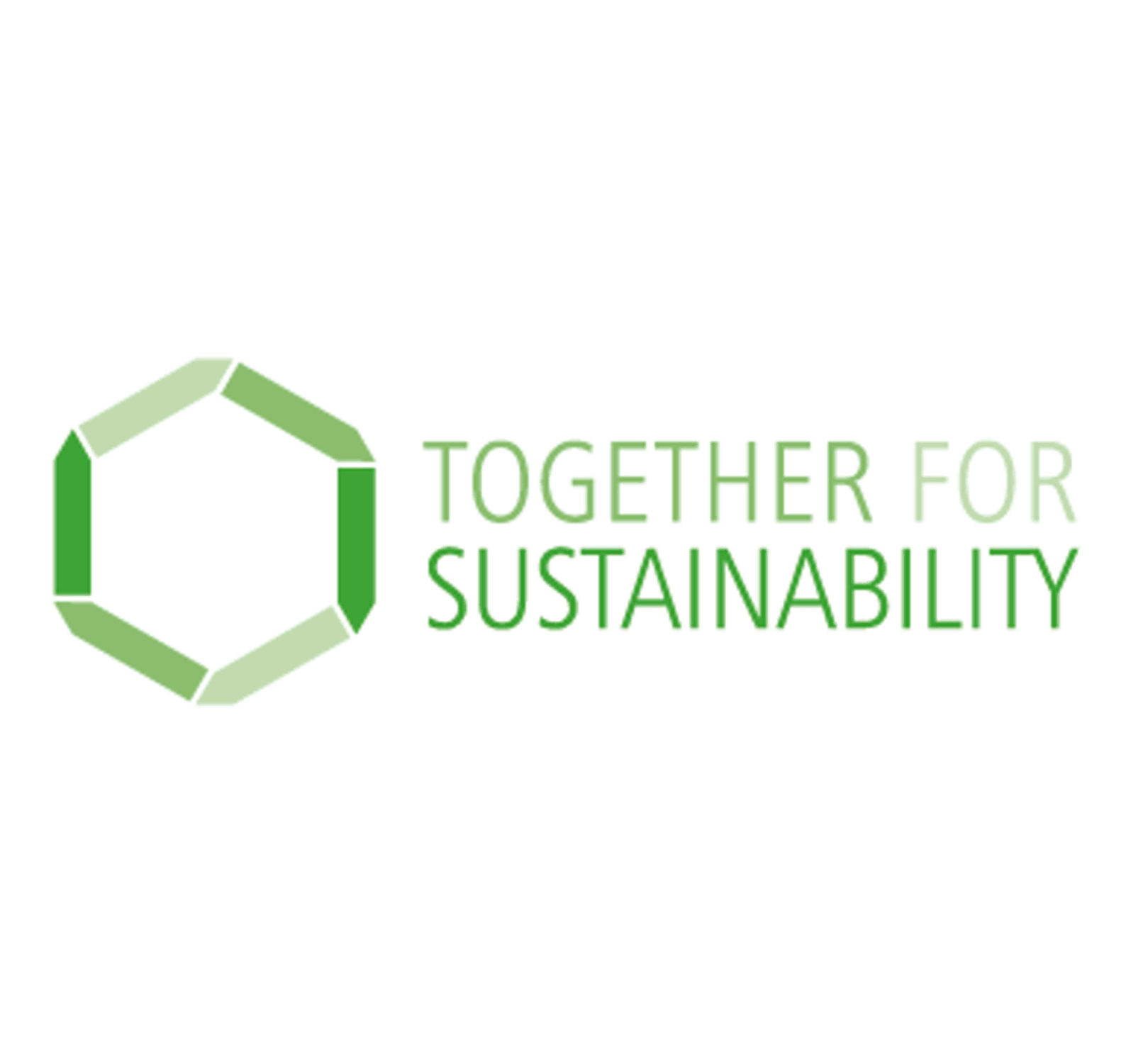Action Library
A comprehensive collection of decarbonization resources
100+ decarbonization expert action guides and case studies, with business & implementation details
Action Type
Quick Wins
Action Area

Design a supplier engagement program
Develop supplier engagement plans for Scope 3 upstream decarbonization by securing buy-in, segmenting, tailoring engagement, and supporting the decarbonization journey of suppliers
 BCG
BCG
Reduce enteric fermentation emissions from ruminant animals
Reduce enteric fermentation emissions from ruminant animals by improving feed quality, animal productivity, and using dietary additives
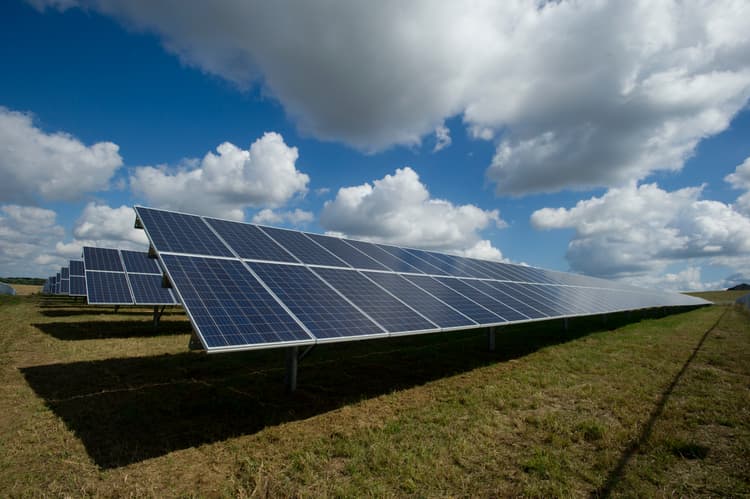
Opt for mixed land use to generate clean energy
Mixed land use provides an opportunity to generate renewable energy while improving land productivity and enhancing livestock welfare
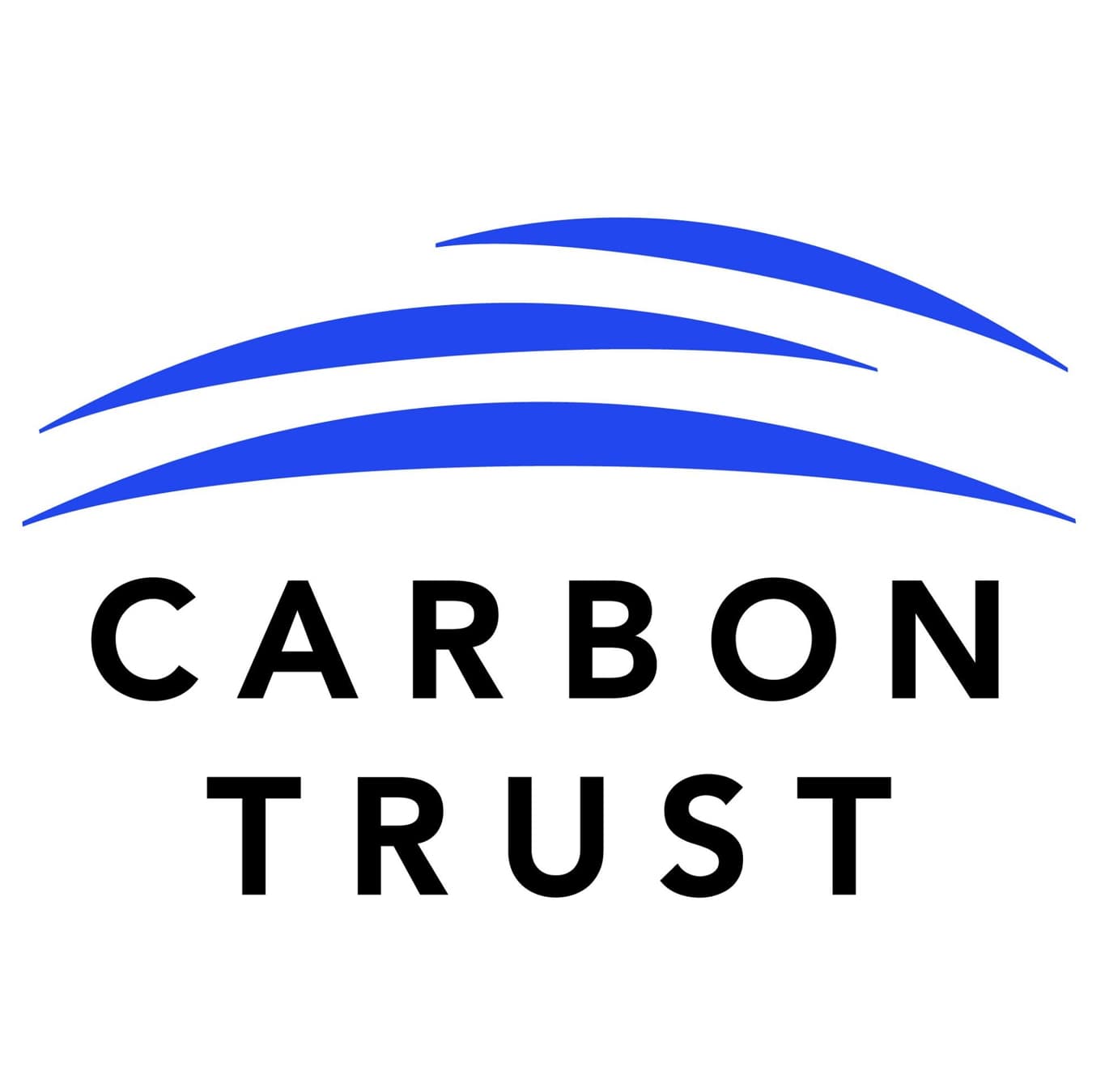 The Carbon Trust
The Carbon Trust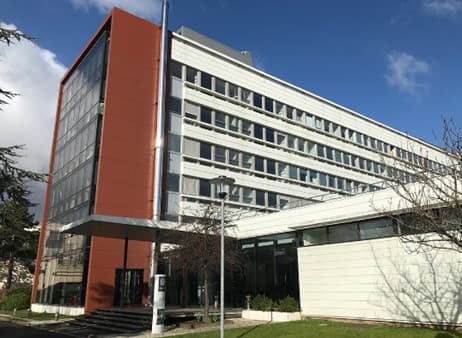
Use geothermal energy to decarbonize warehouses and offices
Shallow geothermal, also called geoenergy, significantly reduces CO2 emissions to heat and cool buildings, and reduces energy consumption and operational costs

Optimize sorting & recycling for paper and textile
Adopt sorting technologies combined with improved design and better integration of recovered paper into manufacturing processes can reduce GHG emissions improving resource efficiency.
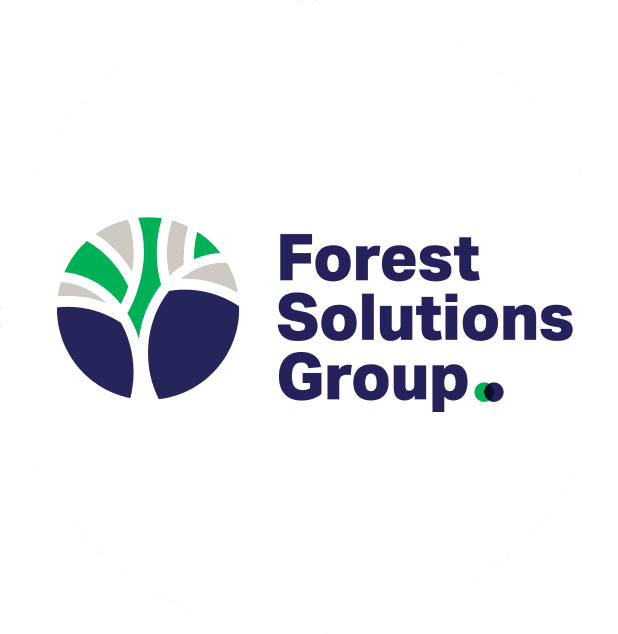 Forest Solutions Group
Forest Solutions Group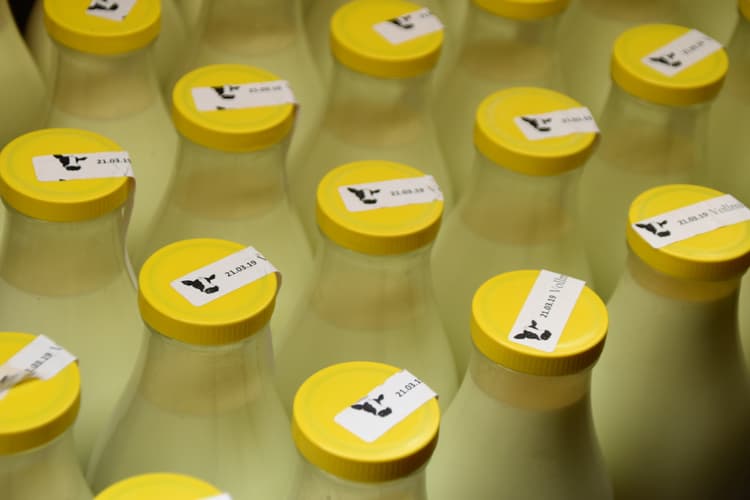
Incentivize regenerative agriculture in dairy production
Support the transition into a sustainable and regenerative milk production by implementing programs to encourage, technically support, and renumerate dairy farmers.
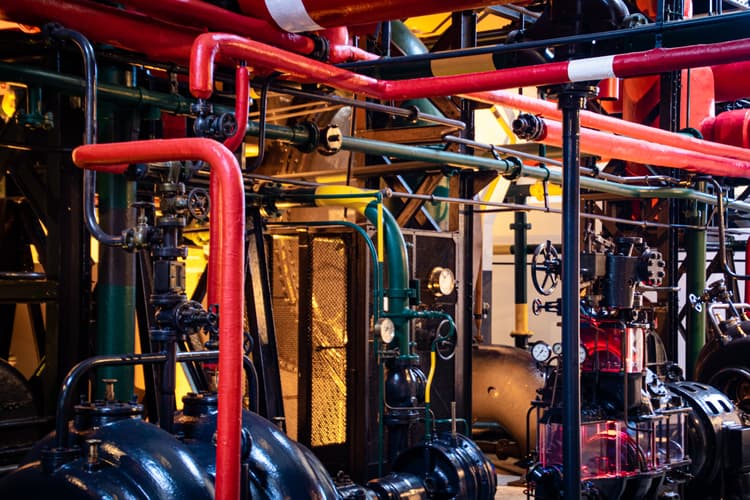
Reduce fuel oil through hydrogen substitution
By retrofitting an oil-fired lime kiln, the Pacífico pulp mill aims to reduce fuel oil consumption and GHG emissions by using residual hydrogen from a nearby sodium chlorate plant.
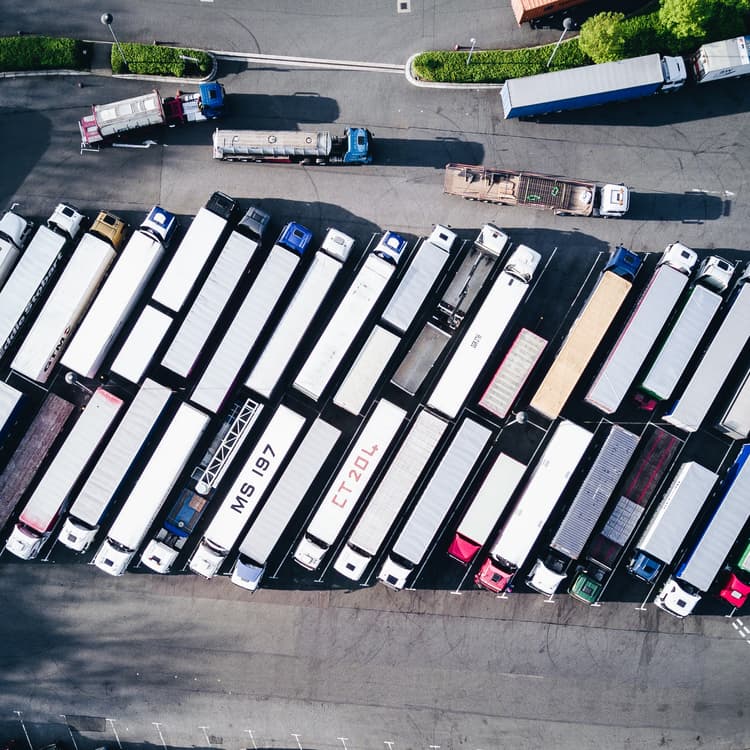
Decarbonize road freight with battery electric trucks
A switch from ICE to BEV trucks in transportation, using electric motors, can reduce direct fuel combustions emissions from fossil fuels
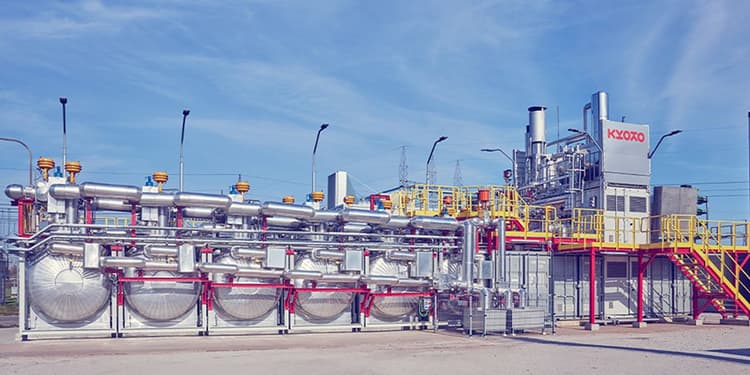
Use molten salt energy storage in heating and industry
Kyoto Group's Norbis Park Heatcube, a molten salt thermal energy storage system, supports Norbis Park with replacing coal-generated district heating by renewable energy, reducing CO2 emissions.
 Norbis Park
Norbis Park
Build with biobased materials
Building with biobased materials instead of CO2 intensive materials like concrete reduces CO2 emissions and energy consumption in buildings.

Switch to carbon-free fertilizers in agriculture
Wyckoff Farms Inc. conducted an effective collaboration with Atlas Agro in growing hops with a carbon-free fertilizer, reducing carbon emissions by nearly 1000 tons.
 Wyckoff Farms
Wyckoff Farms
Reduce shipping emissions with renewable fuels & efficiency
Alternative fuels, as well as operational and technological efficiency measures, offer pathways for the shipping industry to meet decarbonization challenges
 BCG
BCG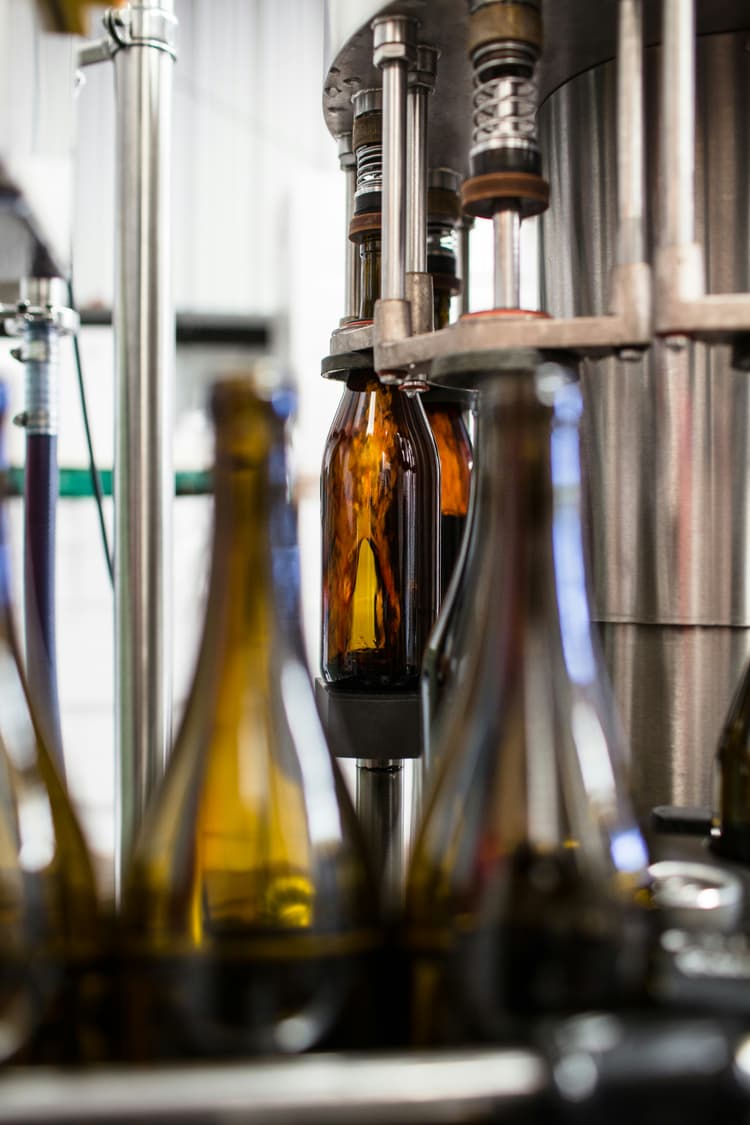
Switch to regenerative furnace system in glass production
Beta Glass PLC has implemented a regenerative heat technology and electricity boost system to reduce energy intensity by 8% using less energy to melt a ton of glass.
 Beta Glass
Beta Glass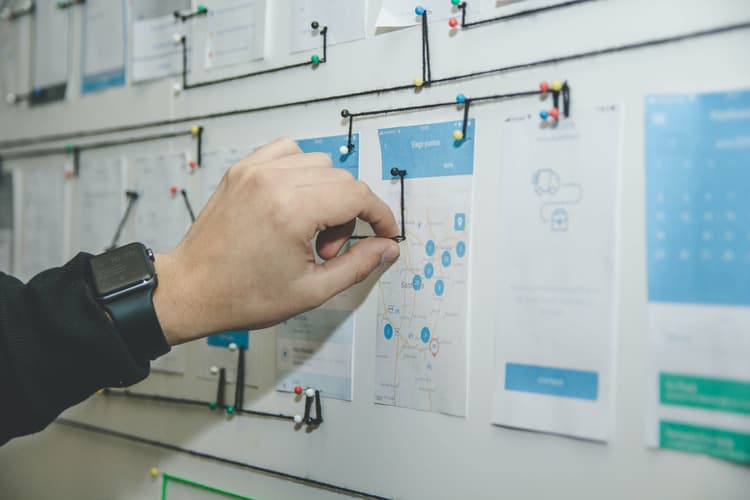
Activate the organization to support sustainability goals
To achieve climate goals, companies must embed sustainability throughout their operating models, including in aspects of org design, business processes, and corporate culture.
 BCG
BCG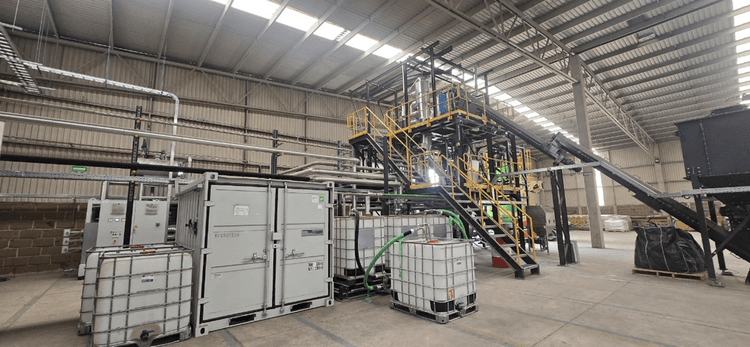
Recycle polyurethane reactor in refrigeration industry
Imbera/EOS implemented a reactor that can chemically process up to 400 tons of waste polyurethane from old coolers, and transformed it into recycled raw material for new coolers.
 Imbera
Imbera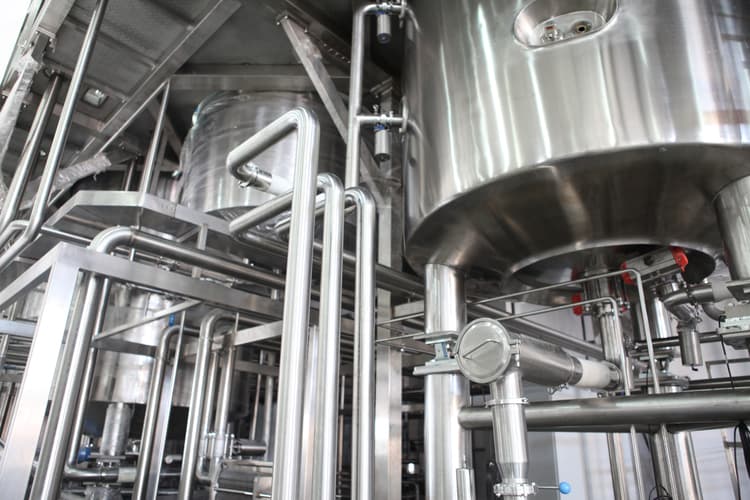
Switch to industrial electric boilers
Electric boilers convert electricity into heat to produce steam, with almost 100% efficiency, reducing the greenhouse gas emissions typically associated with heat production
 Forest Solutions Group
Forest Solutions Group
Optimize water use for rice irrigation
Adecoagro implemented Precision Leveling, Polypipes, and several technologies to reduce the use of water in rice fields up to 30%, optimizing irrigation and minimizing environmental impact.
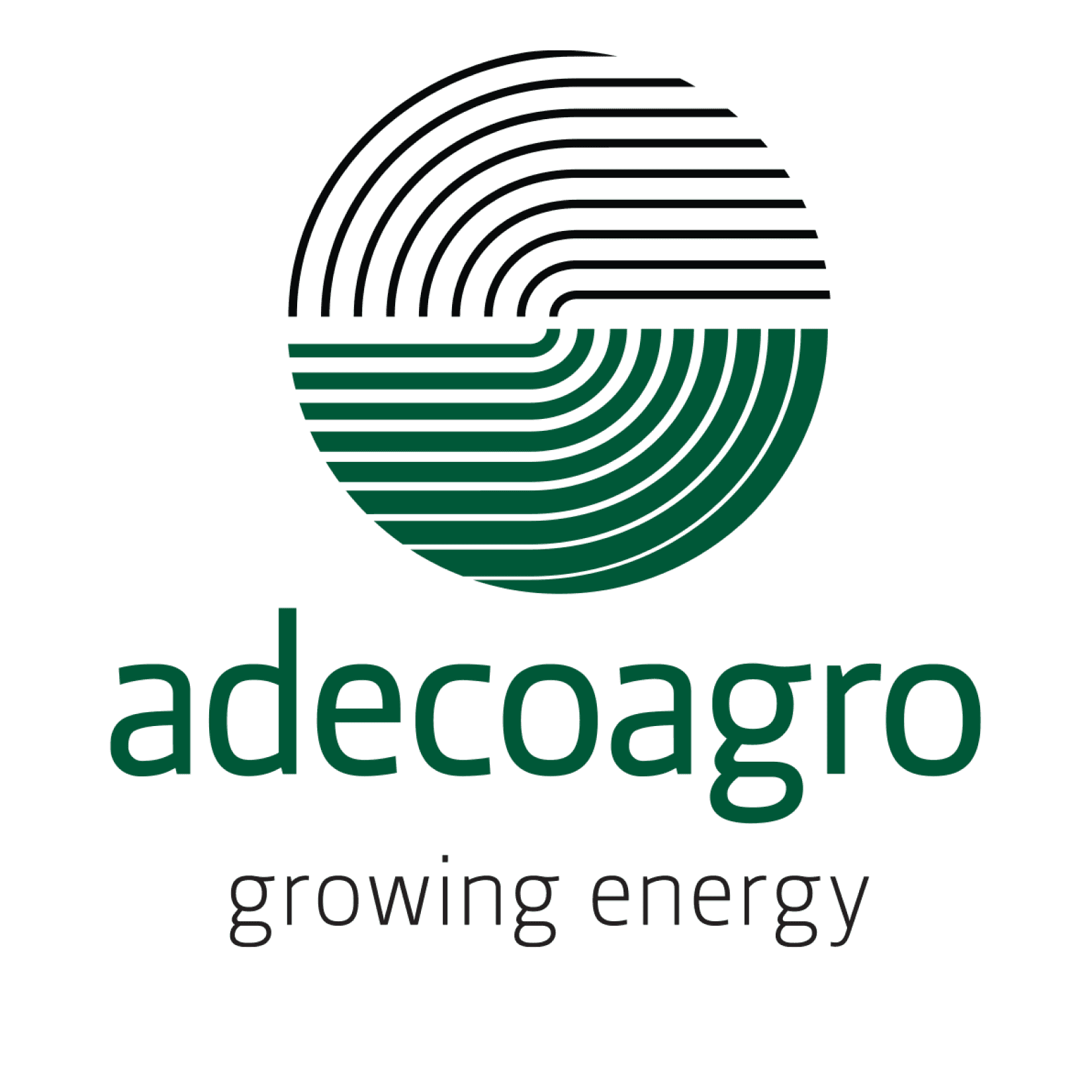 Adecoagro
Adecoagro
Measure and reduce Scope 3.1 purchasing emissions
Use AI to calculate and measure primary emissions data from suppliers and assess the type of engagement required to assist them in decarbonizing hotspots.
 CBRE
CBRE
Use a simplified lease program for renewable energy
Cathay Life will purchase renewable energy on behalf of its tenants and redistribute it based on clients’ RE100 annual goal

Engage employees on decarbonization
Encourages individuals to calculate and track their carbon footprint through a dedicated app, while motivating behavioral change
 Swiss Re
Swiss Re
Harness green hydrogen for ammonia generation
Green hydrogen as an efficient and economically viable decarbonization solution for industrial use, reducing natural gas requirements and GHG emissions
 Iberdrola
Iberdrola
Improve product environmental footprint with eco-design
Eco-design requirements for energy efficiency and circularity while avoiding the use of hazardous substances and scarce resources in products
 Philips
Philips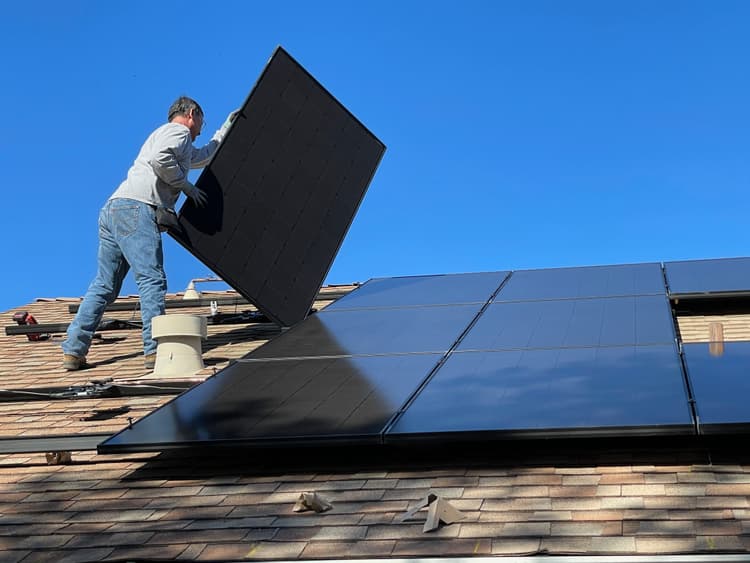
Switch to solar energy with rooftop photovoltaics
A shift in the power mix from coal- and gas-based electricity generation to photovoltaics can substantially reduce related lifecycle emissions
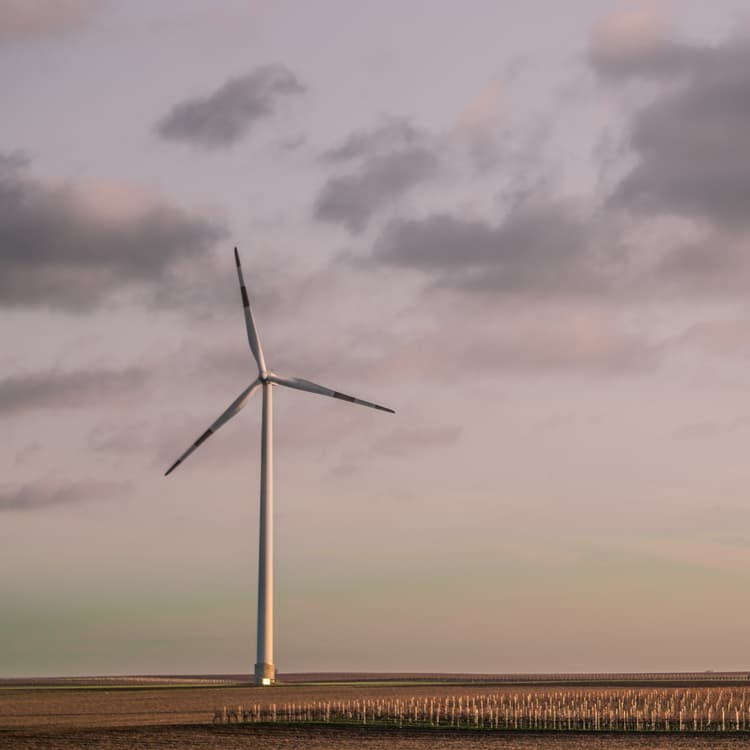
Generate electricity with onshore wind
A switch from coal -and gas- based electricity generation to onshore wind can reduce related lifecycle emissions while enabling cost efficient electricity generation
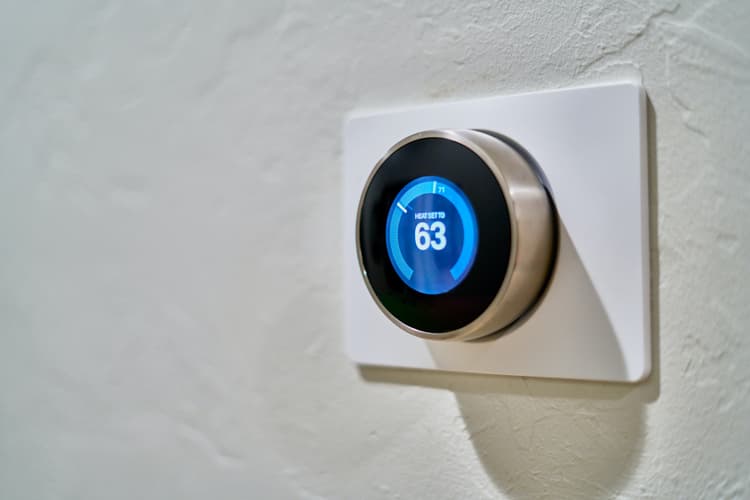
Reduce building emissions with energy management systems
Energy management systems optimize the operations and maintenance of energy assets in buildings, allowing energy savings of around 10-15% and emissions reductions
 BCG
BCG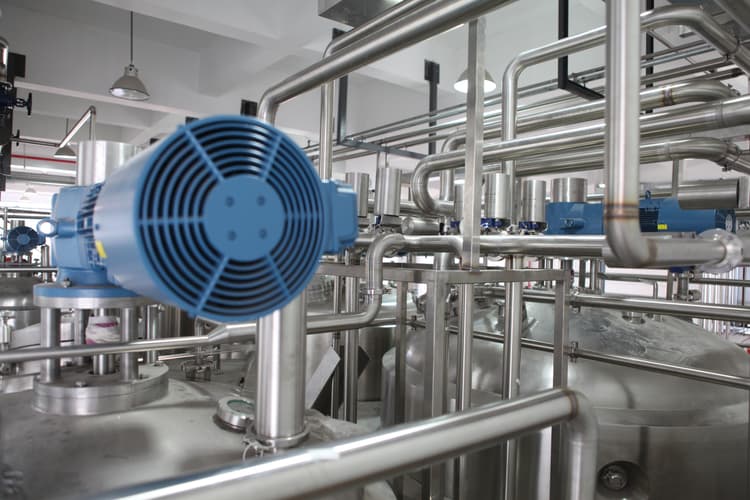
Decarbonize low-temperature industrial heat with heat pumps
Industrial heat pumps generate low-temperature process heat with higher efficiency and lower GHG emissions than conventional fossil fuel heating options.
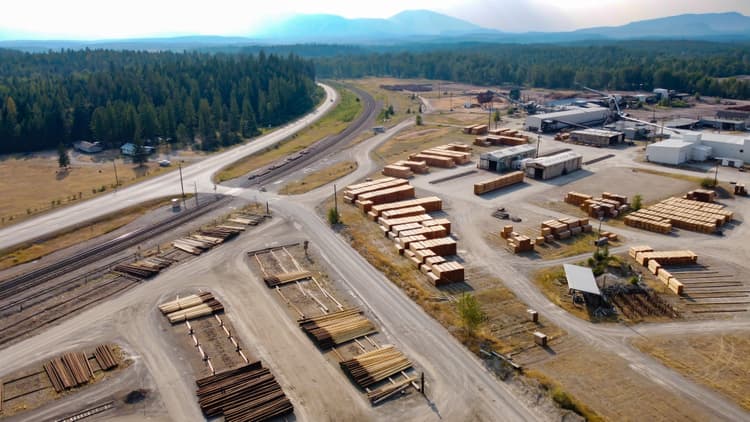
Adopt heat recovery technologies in the sawmill
Adopting heat recovery technologies in the sawmill can increase efficiency and reduce heat loss which saves energy, reduces fuel combustion and emissions associated with operations.
 Forest Solutions Group
Forest Solutions Group
Decarbonize suppliers through a collaborative approach
Decarbonize the supply chain by incentivizing suppliers and collectively building decarbonization capacity, as well as connecting them to CDP
 Philips
PhilipsProvide sustainability platform for smallholder farmers
Symrise created a platform for a partnership to empower smallholder farmers with sustainable practices, improving livelihoods, environment, and product quality for a sustainable future.
 Symrise
Symrise
Adopt wood products to reduce construction emissions
Using sustainably sourced wood products in construction can mitigate GHG emissions from the built environment while providing other benefits such as ease of installation.
 Forest Solutions Group
Forest Solutions Group
Deploy high wave-resilient offshore floating solar
This floating offshore demonstrator proved significant efficiency and production gains over comparable onshore rooftop solar installations.
 Port de Sète
Port de Sète
Develop in-house web-based tools to calculate CO2 footprint
Şekerbank developed an automatic digital system to monitor its carbon and water footprints, and customers can also have their emissions calculated using the application

Create financial incentives for suppliers
Supplier decarbonization can be incentivized financially or non-financially. Understanding supplier context and related benefits and risks is key for implementation.
 BCG
BCG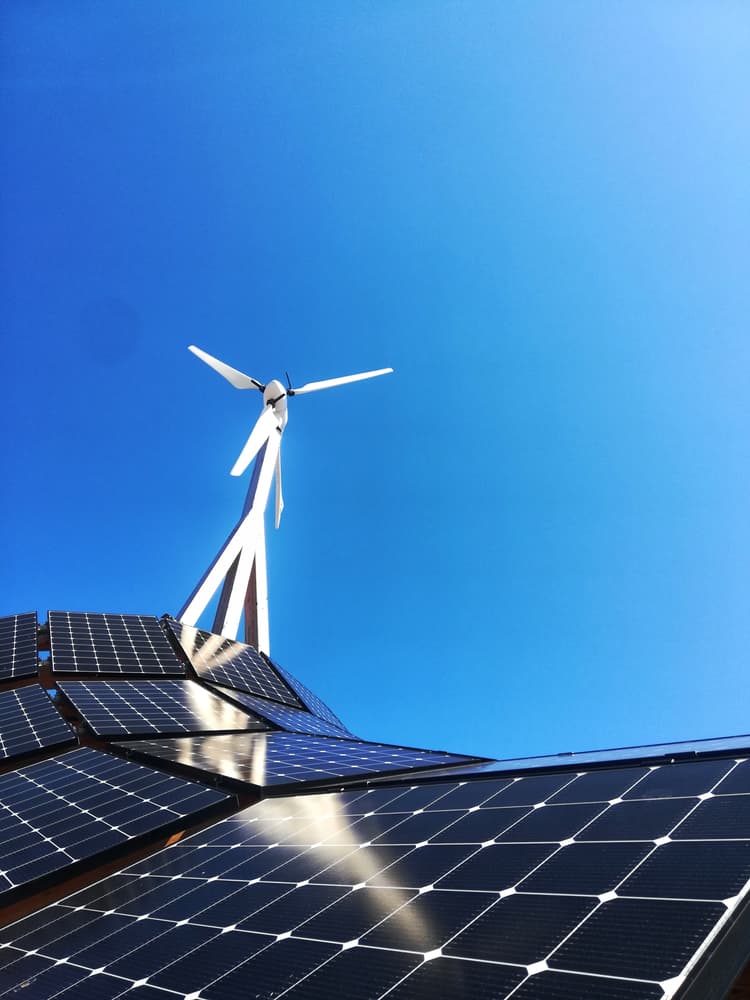
Harness PPA for renewable electricity
Using Power Purchase Agreements (PPAs) to achieve 100% renewable electricity goal, through collective efforts with other businesses to support renewable projects
 Philips
Philips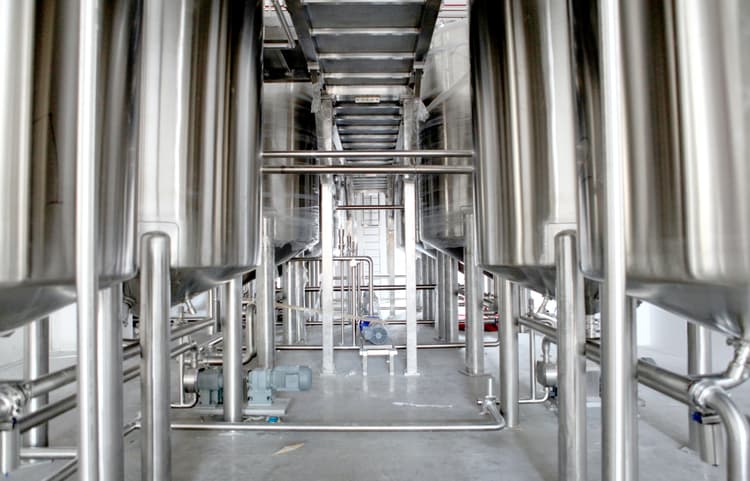
Invest in innovative pulping and paper making technologies
Adopting technologies that are more efficient than conventional methods will reduce GHG emissions from fuel combustion, and reduce the energy inputs associated with paper production
 Forest Solutions Group
Forest Solutions Group
Maintain and enhance forest carbon sinks with silviculture
The impacts of climate change on forest health and productivity are constantly evolving. Weyerhaeuser manages their forests to ensure they remain part of the climate solution
 Weyerhaeuser Company
Weyerhaeuser Company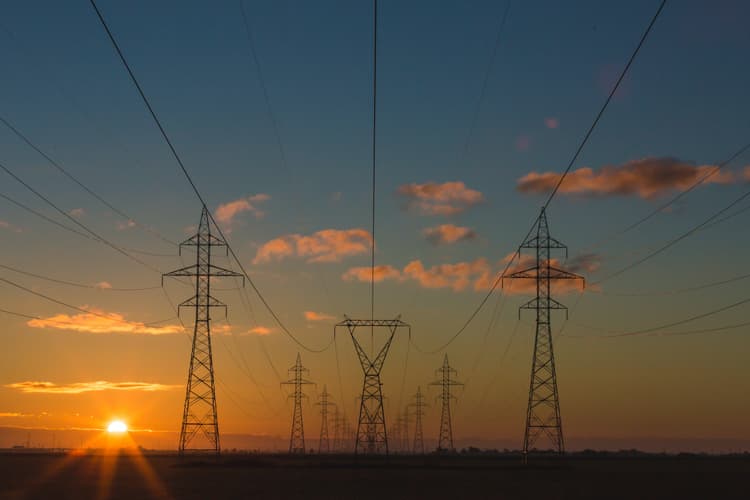
Set sustainable energy management standards
Setting sustainable energy management standards to drive the implementation of renewable energy strategies all over the company's operations
 Philips
Philips
Reduce rice cultivation emissions via integrated methods
Integrated approaches for more sustainable rice cultivation significantly reduce methane (CH4) emissions while also generating positive impacts for nature and farmer livelihoods.
 WBCSD
WBCSD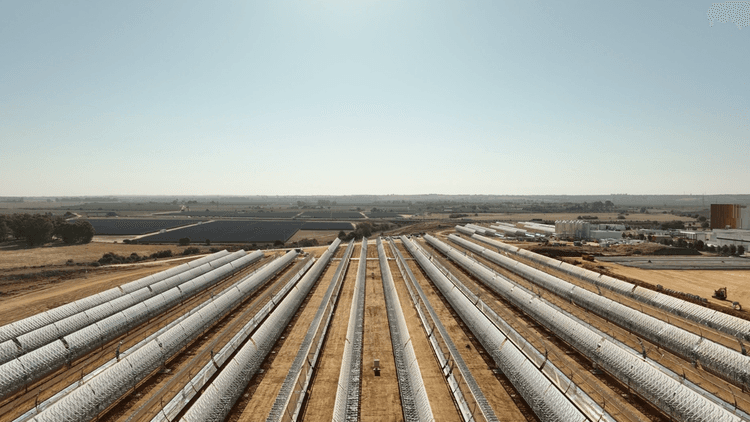
Utilize solar thermal HaaS to cut industrial emissions
Heineken uses a Heat-as-a-Service model to utilize solar thermal power to reduce emissions from heat generation.
 Heineken
Heineken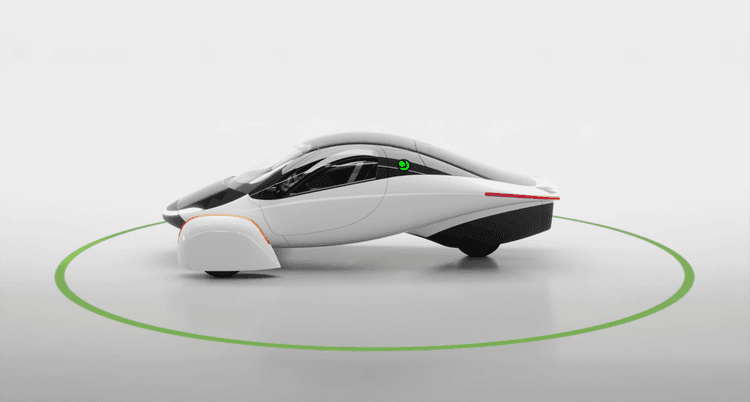
Optimize electric vehicle design to reduce energy use
Aptera Motors collaborated with AirShaper to optimize the aerodynamics of a solar electric vehicle resulting in significant energy efficiency gains and reduced environmental impact.

Create sustainability-linked financial instruments
ACCIONA creates financing instruments that are subject to clear and transparent criteria, pursue economic and sustainable/green objectives, and deliver additional local impact

Implement metrics system for circular packaging
DS Smith Packaging created a set of Circular Design Metrics with five focus areas including design, recovery, and efficiency, applying them into the manufacturing process.
 DS Smith
DS Smith
Use biofuel (ethanol) in light vehicles
With the aim of reducing its GHG emissions related to logistics activities, Iguá sought to use biofuels in the fleet

Switch to electric/hybrid heat pumps in buildings
The use of electric or hybrid heat pumps is becoming more competitive economically in recent years and can accelerate the process of decarbonization.
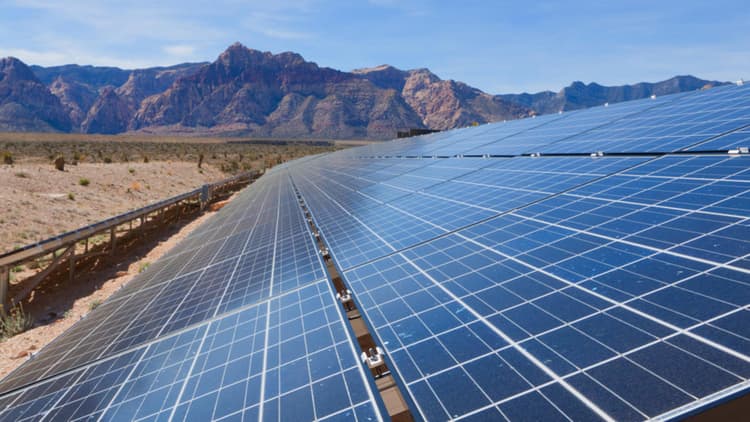
Source renewable electricity with PPA
Power Purchase Agreements (PPA) enable companies to source renewable electricity and achieve operational cost savings without upfront investments.

Industrialize filterless ambient air purification
Industrialize filterless APA pollution abatement technology to reduce air pollution in manufacturing environments, protecting workers' health and the environment.
 Comau
Comau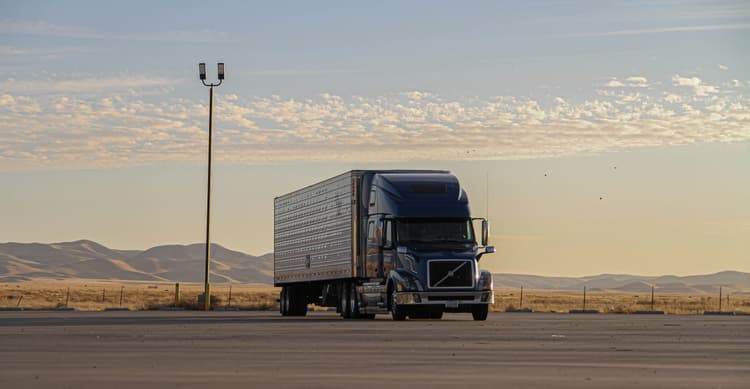
Use eco-driving application for logistics and heavy vehicles
Adaptive eco-driving reducing emissions and fuel/energy consumption in heavy-duty vehicles through real-time speed adjustments based on vehicle-to-everything (V2X) road and vehicle data.
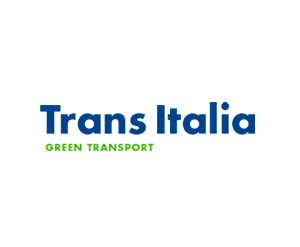 Trans Italia
Trans Italia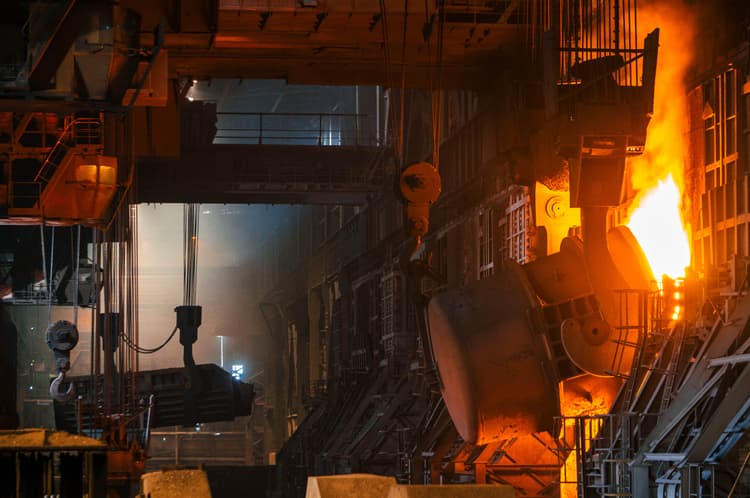
Switch to renewable energy to decarbonize industrial heat
Low- or zero-carbon fuels and renewable energy technologies allow heat-intensive industries to reduce emissions from combustion of fuels (e.g., in manufacturing facilities)
 BCG
BCG
Re-use excess energy from operations to heat buildings
Novonesis uses captured energy from operations to heat homes through a district heating system in Greater Copenhagen.
 Novonesis
Novonesis
Switch to low-carbon fuels: deep dive on low-carbon hydrogen
Low-carbon hydrogen has several advantages as a fuel, as it does not emit CO2 into the atmosphere when burned and can be stored in large volumes compared to electricity
 Forest Solutions Group
Forest Solutions Group
Optimize lubricant application in industrial turbines
SRP, a major US power utility, partnered with Fluitec to transform their consumable turbine oils into lubricants that will last the life of their turbines, reducing costs and CO2e
 SRP
SRP
Design a voluntary carbon credit portfolio
Understand the effectiveness of a portfolio approach for the use of voluntary carbon credits and how to construct one successfully
 WBCSD
WBCSD
Optimize solvent recycling and recovery
Solvent recovery and recycling initiative significantly reduces carbon emissions and promotes sustainable processes in pharmaceutical manufacturing.

Enable Scope 3 data transparency
T-Systems leverages The Climate Choice's intelligence platform to automate Scope 3 data collection and analysis, enabling transparency and targeted supplier engagement
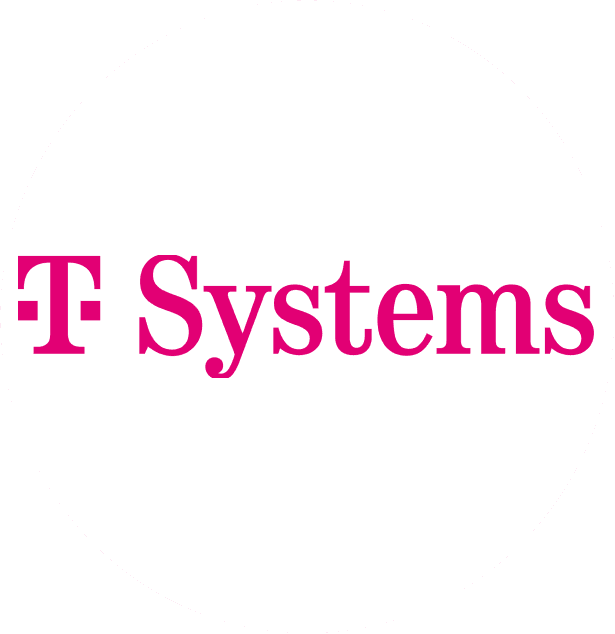 T-Systems
T-Systems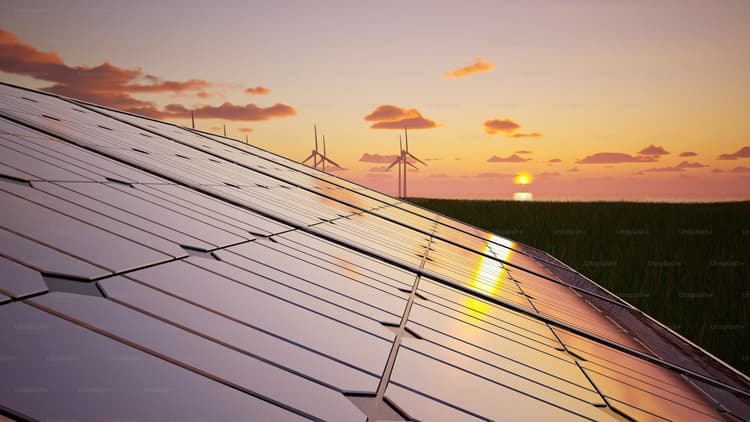
Create additive renewables within grid
Kalsec enrolled in its energy provider's Large Customer Renewable Energy Program; in 2028, half of the primary site’s yearly electricity will come from in-grid utility scale renewable sources.
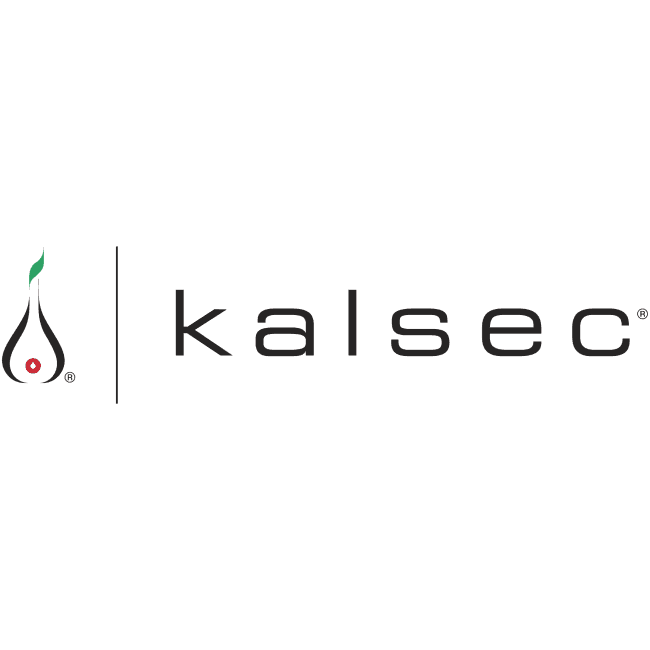 Kalsec
Kalsec
Transition to a just, net-zero, and nature positive economy
Addressing the climate emergency and nature loss is impossible without putting people at the center and ensuring a just transition that is equitable and inclusive for all.
 WBCSD
WBCSD
Implement circularity in value chains to reduce emissions
Circular economy approaches in the value chain address inputs, product design, production, and end-of-life activities to increase reuse and recycling of raw materials and products
 BCG
BCG
Map suppliers’ ESG progress on Scope 3 with maturity levels
Klöckner Pentaplast engaged their top 50 suppliers, classifying them into four different maturity levels, to reduce Scope 3 emissions.
 Klöckner Pentaplast
Klöckner Pentaplast
Switch to electric/hybrid boilers in buildings
Installing electric or hybrid boilers for building heating reduces carbon dioxide emissions across all stages of the product life cycle and all GHG scopes

Adopt an internal carbon price to drive decarbonization
Incentivize low-carbon decision-making by setting a price on carbon, enabling a direct linkage of the low-carbon transition to the business strategy.

Prioritize and implement decarbonization levers
Choosing the right decarbonization levers for your organization is essential to success. Understand key considerations, methods of lever prioritization, and how to overcome challenges.
 PwC UK
PwC UK
Integrate carbon dioxide removal into climate strategies
Develop responsible carbon dioxide removal (CDR) investment strategies to maximize climate impact and broader sustainability goals and minimize risk.
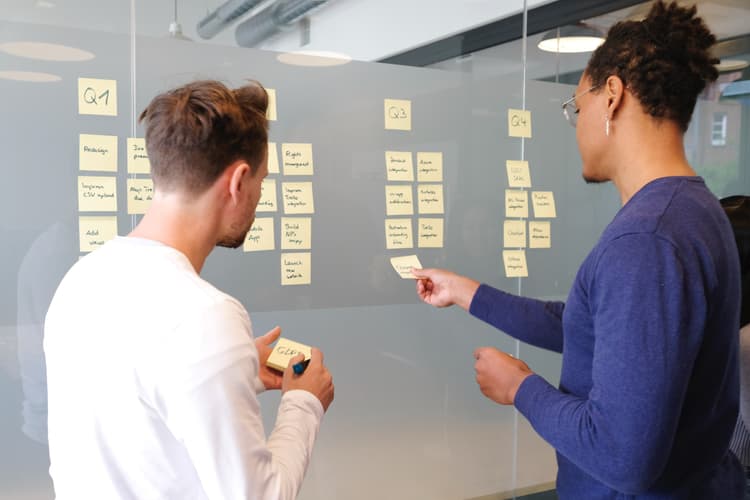
Collaborate with peers to set and meet supplier targets
Decarbonize supply chains by collaborating with peers to set industry-wide supplier targets (e.g., for renewable energy) and help suppliers achieve these by aggregating demand
 BCG
BCG
Move from gas to electric low temperature heating systems
Electrifying low temperature heating processes offers higher energy efficiency, lower investment while significantly reducing operational GHG emissions
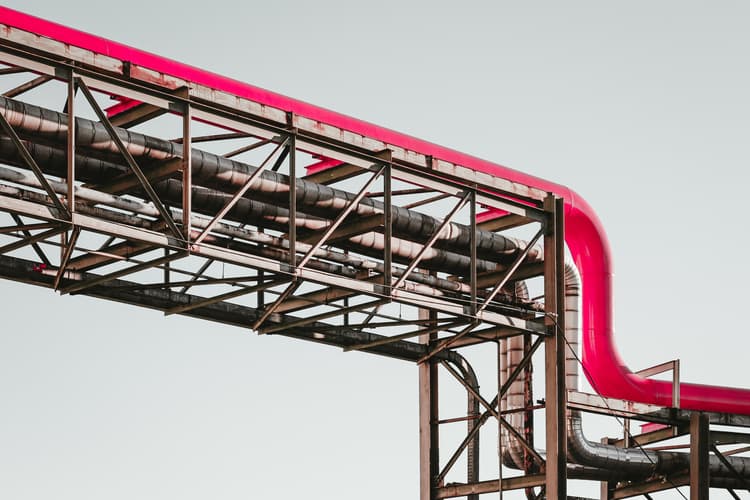
Design and implement SF6-free solutions for the grid
Decrease SF6 emissions by establishing cross-sector partnerships to identify, design, develop and implement SF6-free assets
 National Grid
National Grid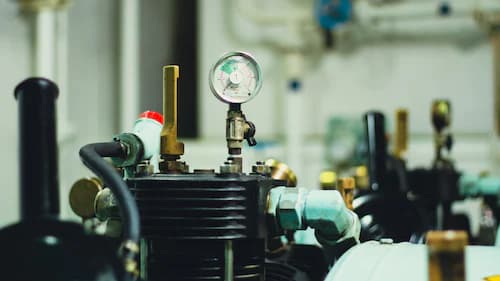
Use AI air compressor system to reduce energy consumption
To minimize carbon emissions from facility equipment while ensuring production, an adaptive system of air compressors can reduce power consumption per finished good by 41%
 Wistron Corporation
Wistron Corporation
Switch from diesel to electric in rail transportation
Switching from diesel-powered to electricity-based rail transport can reduce direct fuel combustion emissions from diesel

Integrate climate into corporate financials
Companies must establish systems to integrate climate with financials to support decision-making processes and align with value and risk drivers to fund essential transformations.
 BCG
BCG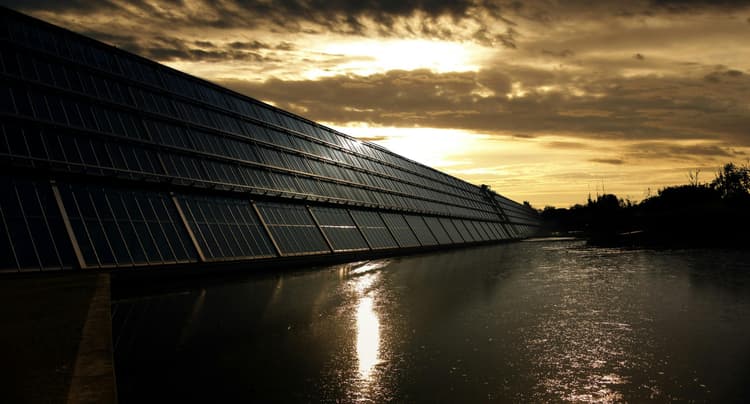
Apply solar thermal water heating in industrial processes
Givaudan implemented solar concentrators to preheat boiler water, significantly reducing natural gas consumption and GHG emissions in Cuernavaca.
 Givaudan
Givaudan
Opt for electric medium temperature heating systems
Electrifying medium temperature heating systems within industry player’s operations allows for lower operating costs, higher efficiency and lower CO2 emissions
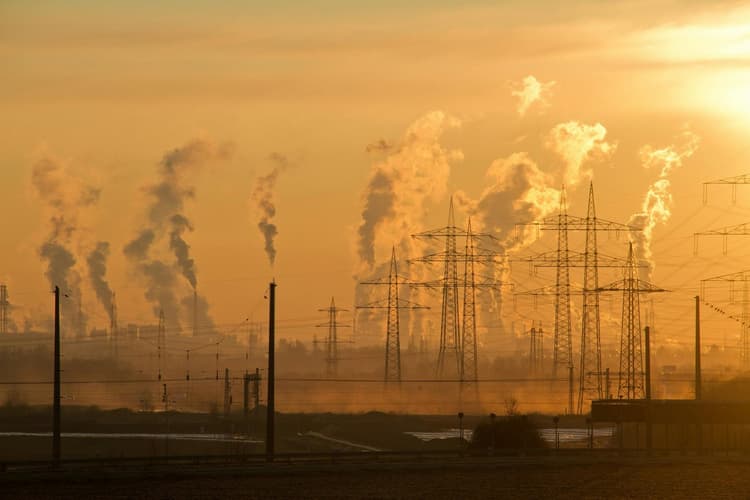
Apply 3-phase program for global supplier decarbonization
The Zero Carbon Project’s 3-phase program uses digital solutions, active engagement, and agile governance to reduce GHG emission intensity by 38% across 1,000 suppliers, aiming for 50% by 2025
 Schneider Electric
Schneider Electric
Finance climate action with green bonds
Green bonds is a broad term for the raising and use of debt specifically for decarbonization or sustainability-related efforts
 BCG
BCG
Embed decarbonization requirements in procurement
Decarbonize procurement by defining requirements tailored to: supplier context, timing in negotiation, desired inputs/outcomes, degrees of fulfillment, rewards/penalties, and scale
 BCG
BCG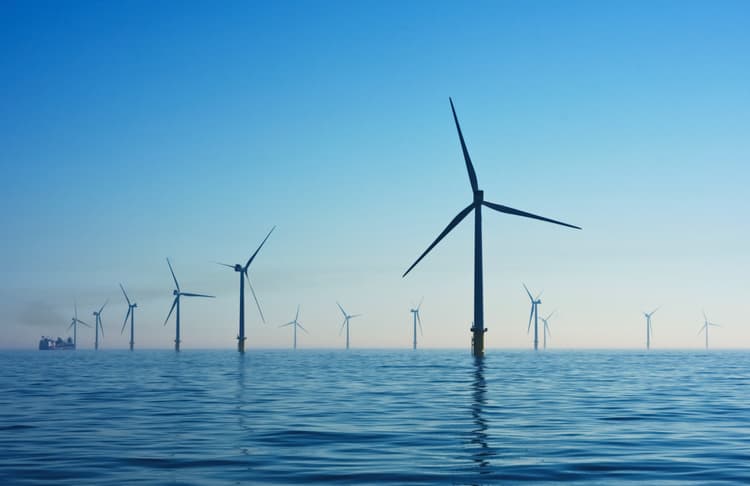
Move to offshore wind electricity generation
Wind offshore electricity generation harnesses higher and more consistent wind speeds and can reduce CO2 emissions compared to coal-based electricity

Maximize value from climate reporting
Transform climate reporting from a compliance exercise to a strategic advantage by turning reporting into a tool for sustainable growth and societal impact.
 PwC UK
PwC UK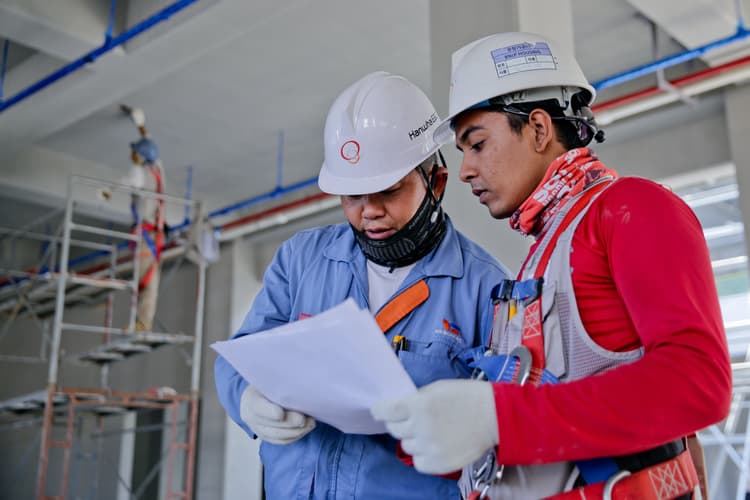
Integrate energy management systems in pulp and paper mills
Integrating the ISO 50001 Energy Management System leads to significant GHG emissions reductions and cost savings.
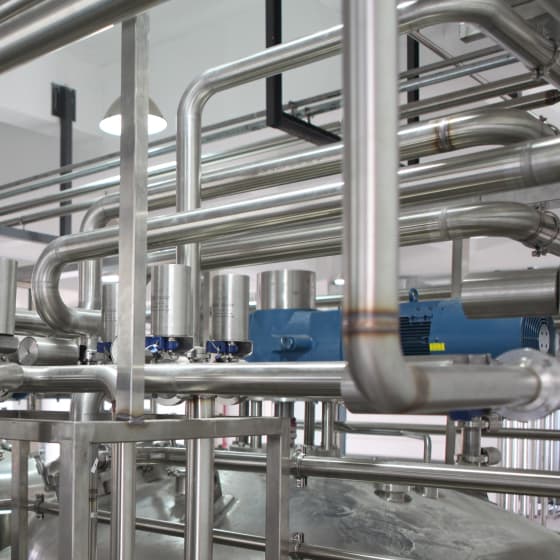
Reduce furnace CO2 emissions with a heat exchanger
Installing a Heat Recovery Tower recovers generated heat and reduces HFO (heavy fuel oil) consumption, reducing costs and with no impact on production
 Unilever
Unilever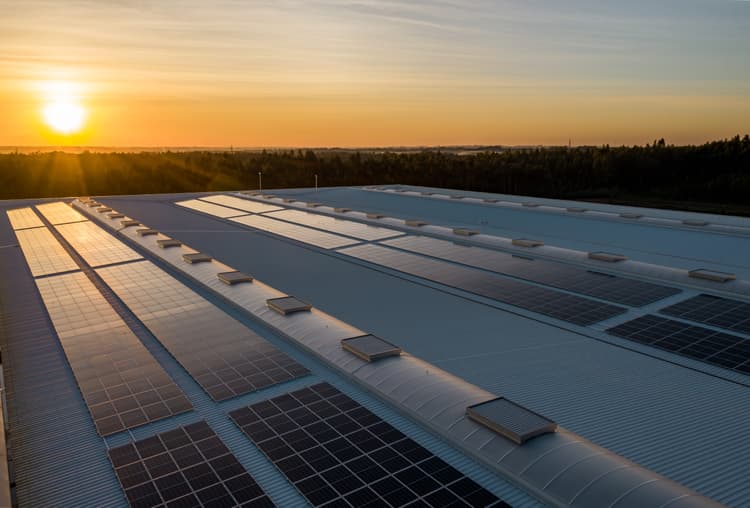
Opt for solar thermal water heating in buildings
Installing solar thermal can reduce the indirect use phase carbon dioxide emissions in water heating, with the potential varying with climate conditions.

Shift from gas or coal to electric industrial furnaces
The decreased cost of electrical equipment and increased energy efficiency grows opportunites for electrictrifying industries, enabling a reduction in GHG emissions
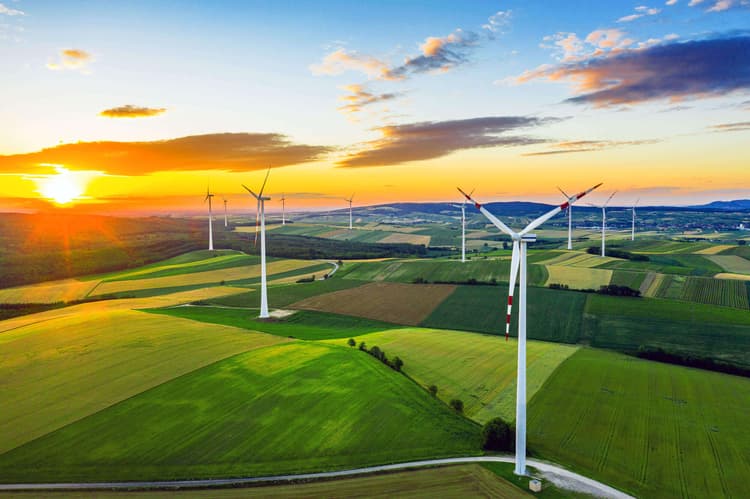
Build a strategic approach to renewable electricity sourcing
A well-designed renewables strategy reduces a company’s carbon footprint and hedges against energy market volatility, often lowering energy costs
 ENGIE Impact
ENGIE Impact
Use recycled plastic for flexible packaging globally
Reduce carbon footprint by optimized specifications (reduced plastic), maximize recycled plastic use, ensuring all packaging is recyclable, applying collection and recycling schemes to reuse material.
 Yara
Yara
Optimize company-wide management of energy efficiency
LYB’s value enhancement program (VEP) is a company-wide program reducing costs and emissions by saving energy in procurement, logistics, and customer service improvements.
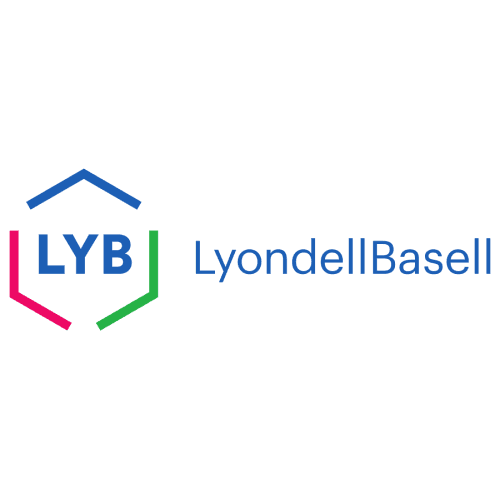 LyondellBasell
LyondellBasell
Reduce food waste & costs with data analytics & tech system
Hotels Magic Costa Blanca uses LightBlue's FIT Food Waste Tech system with significant reductions in food waste, costs, and carbon emissions.
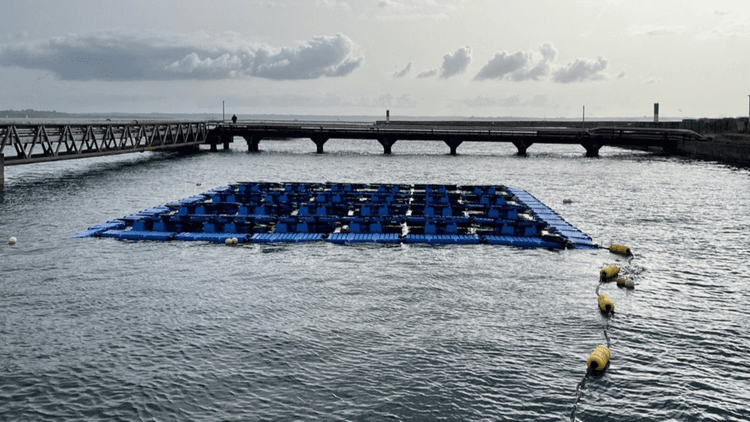
Utilize floating solar power plant installations
HelioRec installed a 25kW floating solar project in Brest Port, France, overcoming extreme tidal changes, waves and high winds, while saving electricity costs and creating renewable energy.
 BrestPort
BrestPortSwitch to hybrid-electric furnace design in glass production
Ardagh Glass’s NextGen Furnace uses hybrid technology to reduce the carbon footprint of commercial-scale glass production, by replacing fossil fuel energy with renewable electricity.
 Ardagh Glass Packaging
Ardagh Glass Packaging
Reduce food waste with efficient packaging
Packaging can reduce food waste by extending shelf life and preventing contamination. However, packaging strategies should be carefully designed to minimize waste and emissions.
 The Carbon Trust
The Carbon Trust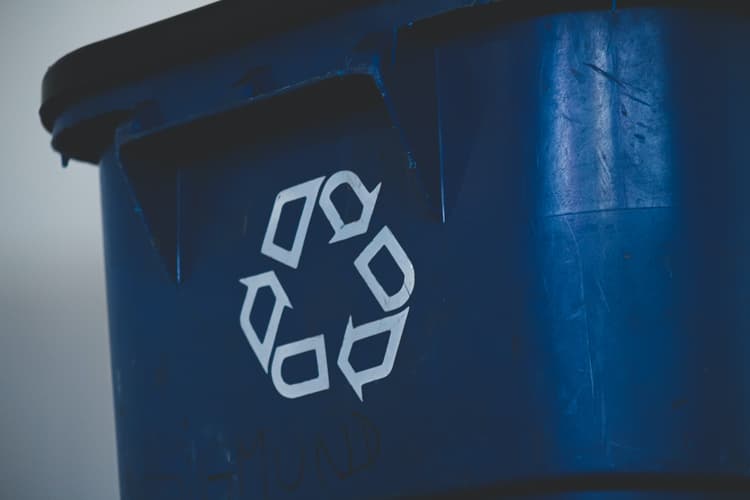
Lower product emissions with recycled (PCR) plastics
Replace virgin plastic by using PCR (post-consumer recycled) plastics in products to reduce GHG emissions, conserve natural resources and divert waste from landfills and oceans
 Acer
Acer
Decarbonize low-temperature heating using heat as a service
Heat as a service (HaaS) enables companies to source sustainable heat through a long-term contract without the need for upfront investment.

Use bonus-malus tool to integrate ESG in supplier tenders
BASF further integrated ESG criteria into its procurement process with BonusMalus tool to provide up to 5.5% bonus or malus to suppliers’ tenders in bidding process, based on ESG performance.
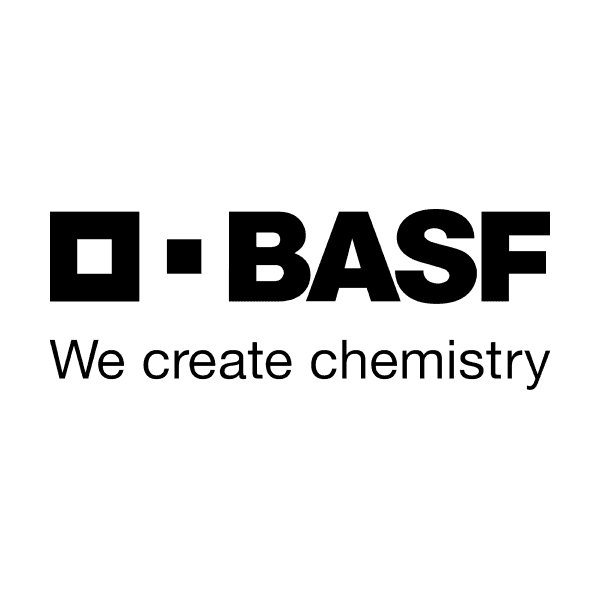 BASF
BASF
Transform product portfolio with assessment methodology
Evaluation methodology for sustainability evaluates products in the portfolio based on set criteria, promoting innovation and classifying offerings
 Sika
Sika
Reduce carbon footprint in packaging coatings value chain
Carbon reduction plan for coatings value chain, incl. process efficiency, circular solutions, solvent reduction, and water-based materials, led to 9% Scope 3 CO2e reduction in 2023 vs 2018 baseline.
 AkzoNobel
AkzoNobel
Adopt BECCS technologies
As the pulp and paper industry is the largest industrial consumer of biomass, there are many large sources of biogenic GHG emissions that could be captured with BECSS
 Forest Solutions Group
Forest Solutions Group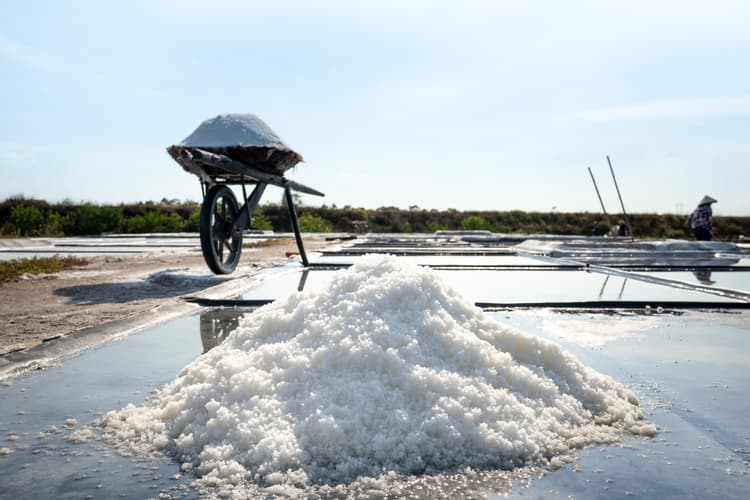
Produce sodium chlorite with clean energy
Cutting emissions by reducing imports while addressing Scope 2 emissions through the use of clean electrical energy.

Use biostimulants to reduce fertilizers and increase yields
Ajinomoto Agri Solutions used amino-acid rich biostimulant substances to reduce nutrient use, reduce fertilizer inputs, and increase yields of rice cultivation in their operation in Thailand.
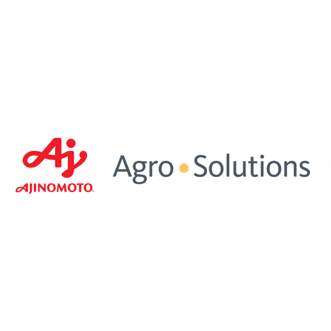 Ajinomoto Agro Solutions
Ajinomoto Agro Solutions
Use nature-based solutions as part of Net Zero action
Companies can both decarbonize land use sector activities and contribute to global Net Zero through investing in nature-based solutions

Use solar desalination to produce clean water
Solar desalination provides clean water using only sea and sun at private island development company Ki'ama Bahamas.
 Ki'ama Bahamas
Ki'ama Bahamas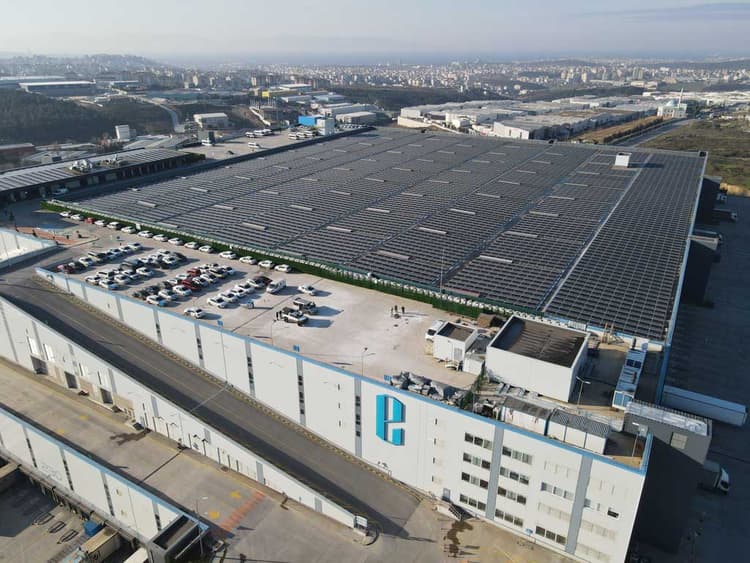
Invest in solar power for affordable and clean energy supply
Companies can develop rooftop solar power infrastructure to cut emissions and achieve energy independence
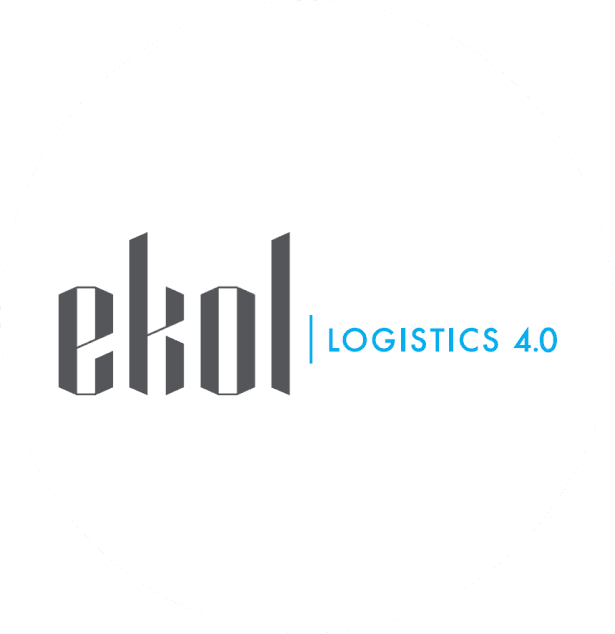 Ekol Logistics
Ekol Logistics
Redesign the value chain and source strategies
To meet emissions targets and decarbonize at scale, companies need to pursue innovative business models and technologies, and transform their value chains for sustainability.
 BCG
BCG
Retrofit buildings with insulation
Retrofitting buildings (residential or commercial) with insulation systems can reduce associated lifecycle emissions and save annual utility payments
Engage SME suppliers and customers
Reduce Scope 3 emissions and drive a just transition by helping suppliers and customers commit to net zero. Use the SME Climate Hub to support them in measuring, reducing, and reporting emissions.
 SME Climate Hub
SME Climate Hub
Procure natural climate solution carbon credits
Investing in high-quality natural climate solution (NCS) carbon credits is crucial for companies to demonstrate leadership, for climate mitigation, nature conservation, and socio-economic growth.
 WBCSD
WBCSD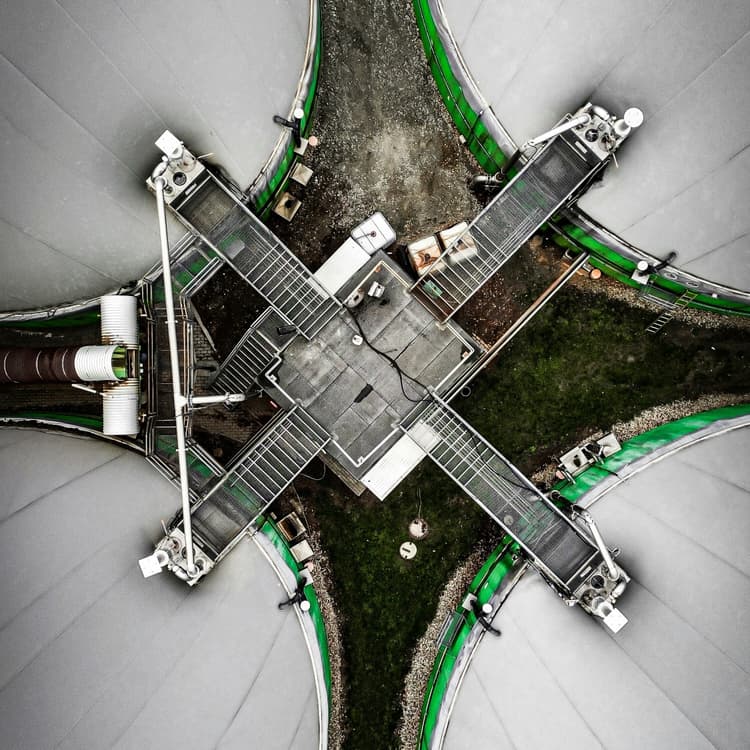
Convert biowaste into biogas to accelerate decarbonization
Manufacturers can significantly reduce their carbon footprint and recycle their organic waste by using it as biomass feedstock to generate biogas and biomethane
 ENGIE Impact
ENGIE Impact
Switch to alternative proteins in commercial food production
Commercial food producers can adopt meat alternatives by sourcing proteins from plants, fermentation, or cultivated animal cells to reduce emissions from animal-based foods
 BCG
BCG
Align investment portfolio to net-zero goals
CTBC Holding adopted the PCAF methodology to assess portfolio emissions and set up near- and long-term SBTi carbon reduction targets to enable a pathway toward Net Zero by 2050

Design climate transition plans – an overview
Actionable climate transition planning must be integrated into broader corporate strategy and backed by robust roadmaps that are underpinned by value creation.
 BCG
BCG
Optimize chiller efficiency with artificial intelligence
Improved chiller efficiency at the Olympian City 3 shopping mall in Hong Kong by harnessing artificial intelligence (AI), reducing energy used and related costs
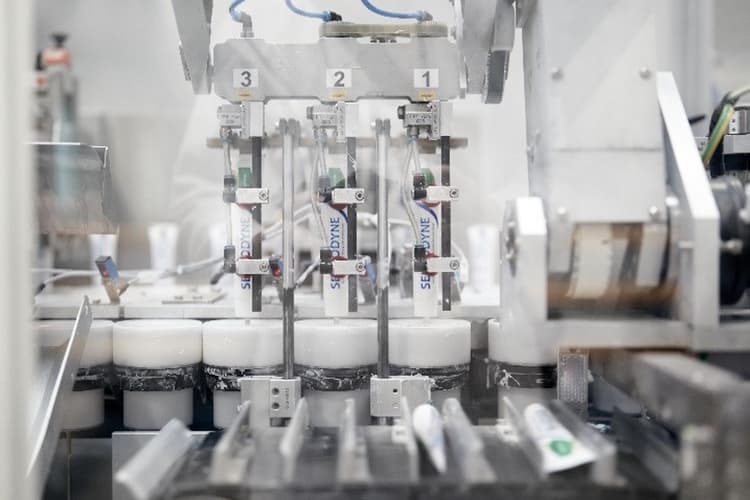
Integrate carbon pricing in supplier tenders
A program to incentivize decarbonization, baselining, drive low carbon supplier selection while educating procurement teams by building carbon pricing into procurement tenders.
 Haleon
Haleon
Enhance building energy efficiency through AI automation
AI-powered automation solution to optimize the energy efficiency of the HVAC system of a large office complex, resulting in significant energy and cost savings.
 Patrizia AG
Patrizia AG
Engage suppliers on Scope 3 with custom workshops
PMI’s Sustainability Accelerator is a program designed to increase supplier capabilities and performance across the value chain by sharing PMI’s sustainability learnings with its suppliers.
 Philip Morris International
Philip Morris International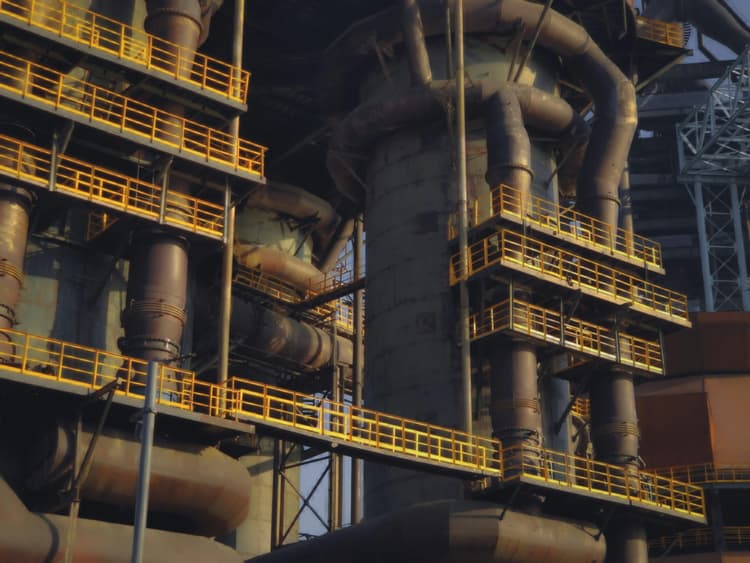
Replace industrial boilers with biomass boilers
Industrial boilers were replaced with newer technology using biomass, for malt production at Agraria, based on GHG Protocol Brazil
 Agraria
Agraria
Maximize waste recovery in the pulp and paper mill
Adopting processes to recover energy from waste, such as black liquor gasification, can lead to higher resource and energy efficiency, while reducing GHG emissions
 Forest Solutions Group
Forest Solutions Group
Leverage MACCs to inform decarbonization strategy
Decarbonization lever deployment should be prioritized by cost and abatement impact, and non-financial considerations in line with organizational goals.
 BCG
BCG
Design low-carbon products with circular economy principles
Design low carbon products by incorporating circular economy principles into product design focusing on eco-friendly materials & energy efficiency.

Adopt heat recovery technologies in the pulp mill
Adopting heat recovery technologies in the pulpmill can increase efficiency of operations, recovering waste generated as a by-product of the pulping and papermaking process.
 Forest Solutions Group
Forest Solutions Group
Decarbonize transport with battery electric vehicles
Switching to battery electric vehicles (BEVs) is an alternative to internal combustion engines (ICEs) which can reduce direct fuel combustion emissions from fossil fuels
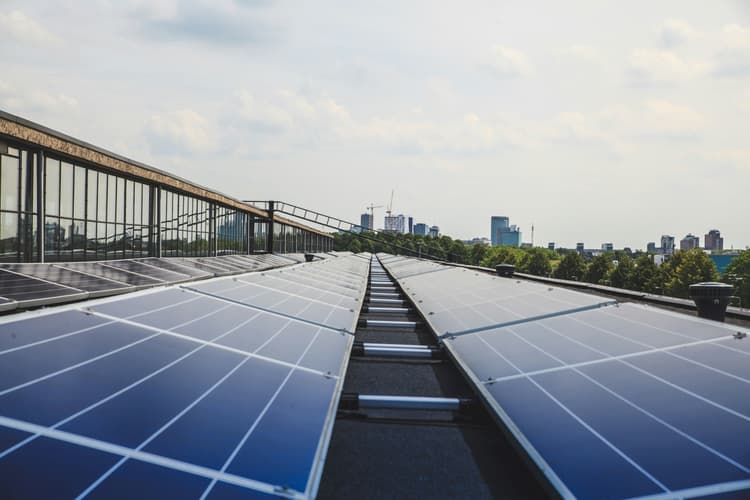
Use renewable energy through distributed generation
Neutralizing GHG emissions from Iguá's electrical matrix using renewable energy from distributed generation.

Adopt smart storage solutions to reduce food waste
Around 13% of food loss occurs due to inadequate refrigeration; sustainable cold chains can reduce emissions and increase revenue by keeping perishable items fresher for longer.
 The Carbon Trust
The Carbon Trust
Optimize nutrient management for reduced on-farm emissions
Companies striving to reduce emissions derived from mineral fertilizers should adopt fertilizer best management practices and Nutrient Use Efficiency (NUE)

Change product standard requirements to reduce food waste
Large volumes of food are discarded because they don’t meet aesthetic standards. Changing product standards could reduce food waste, associated emissions, and financial losses.
 The Carbon Trust
The Carbon Trust
Decarbonize transport with fuel cell electric vehicles
Switching to fuel cell electric vehicles (FCEVs) is an alternative to internal combustion engines (ICEs) to reduce direct fuel combustion emissions from fossil fuels

Build partnerships through alliances and co-investments
Partnerships help solve multiple supplier decarbonization challenges. When selecting partners, consider who to work with, what issues to target, and how to ensure effectiveness.
 BCG
BCG
Switch to variable volume oil reservoir in heavy machinery
Traditional hydraulic oil reservoirs in heavy machinery were replaced with Smart Reservoir technology of variable volume reservoirs, resulting in lighter machines and a reduced carbon footprint.
 MBI Global
MBI Global
Increase carbon removals with sustainable forest management
Sustainable forest management is critical for maintaining and increasing carbon removals in working forests, and reducing operational emissions associated with forest production
 Forest Solutions Group
Forest Solutions Group
Integrate climate into strategic planning
Use scenarios and sensitivity analysis in climate-based strategic planning to identify risks/opportunities, prioritize actions for resilience & align portfolios with climate goals.
 BCG
BCG
Use regenerative practices to reduce agricultural emissions
Regenerative agriculture uses a combination of various sustainable farming techniques to capture GHGs in soil while improving soil health, crop yields, and biodiversity
 BCG
BCG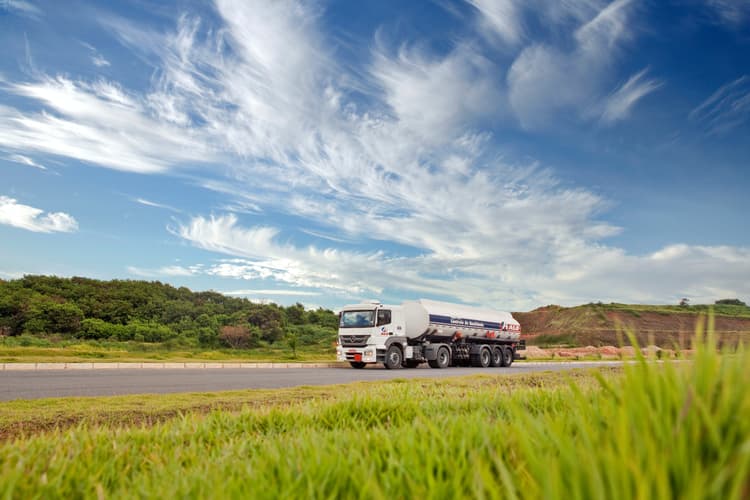
Decarbonize road freight transport with fuel cell trucks
Switching to fuel cell electric vehicles (FCEVs) from internal combustion engines (ICEs) could lower direct fuel combustion emissions from fossil fuels
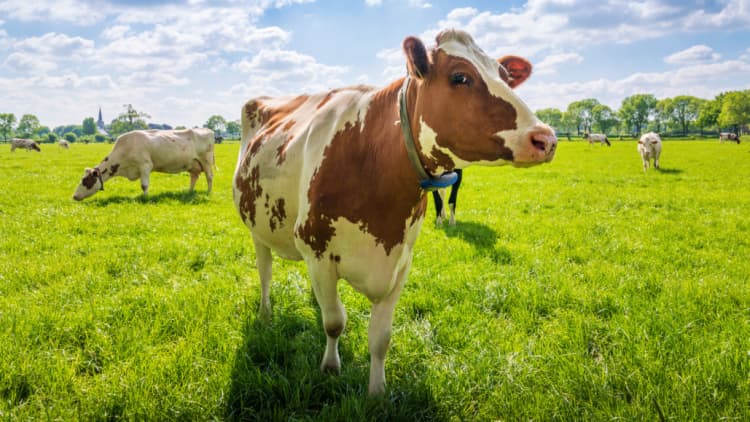
Reduce CH4 & N2O emissions with livestock manure management
Manure management can significantly decrease methane (CH4) and nitrous oxide (N2O) emissions, as well as prevent loss of nutrients to the environment.
 WBCSD
WBCSD
Transform sewage sludge into agricultural fertilizer
Transforming waste water treatment plants sludge into fertilizer, called biosludge, for planting or restoring pastures


